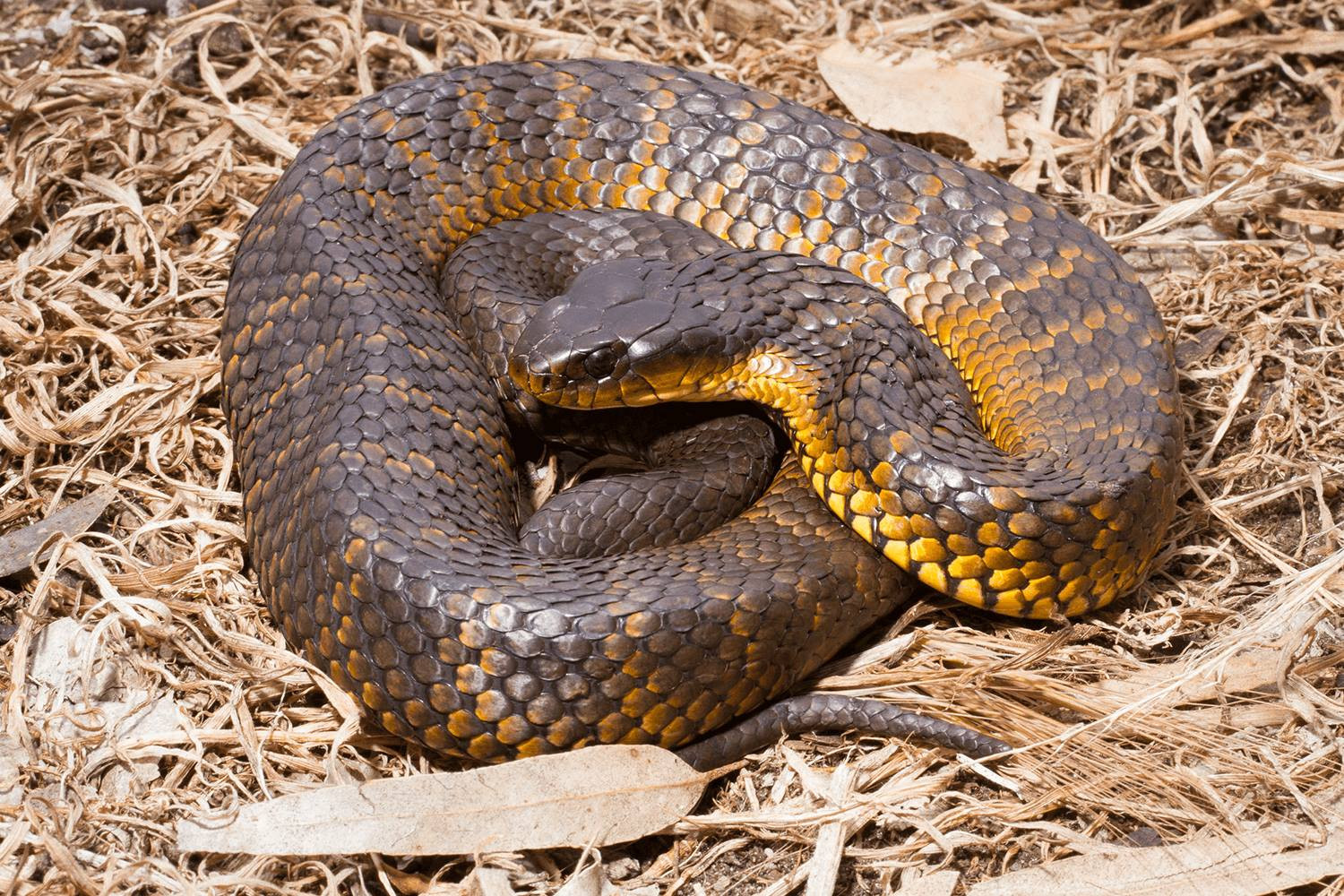General News
28 February, 2025
Reminder to be vigilant around snakes
Paramedics are urging Victorians to slither safely through the rest of snake season after attending 129 suspected snakebites this summer.

From December 1, 2024 to February 18, 2025, paramedics have responded to 28 incidents in Hume, 16 in Barwon South West, 33 in Metro, 21 in Gippsland, seven in Grampians and 24 in Loddon Mallee, which includes Maryborough and the broader Central Goldfields Shire.
Ambulance Victoria (AV) director emergency management Dale Armstrong said of these cases, 125 people were transported to hospital.
“With hot weather continuing, the snakes are out, which means we need to be vigilant,” he said.
“Bites can often be avoided simply by being observant in areas that are likely to attract snakes, such as near rivers, long grass or sheds.
“Victorians can also take preventative measures around their home by keeping their property clear of rocks, logs and building materials, and keeping grass short.
“Most snakes in Victoria are venomous and a bite can be life-threatening.
“If someone is suspected to have suffered a snake bite, even if you’re not sure, you should call Triple Zero (000) immediately.”
Snake bites may cause pain and swelling around the puncture wound, or there may be very few signs left on the skin. Symptoms that snake venom has entered your body may include dizziness, blurred vision, breathing difficulties, nausea, muscle weakness or paralysis.
Mr Armstrong said there are some basic first aid steps people can take while waiting for an ambulance if they’re with someone who has been bitten.
“If a snake bite victim is unresponsive and not breathing normally, you should begin cardio-pulmonary resuscitation (CPR),” he said.
“If the patient is conscious, it is important to keep them still and reassured while waiting for help — only move them if it is too unsafe to stay put.
“Snake bites commonly occur on hands, feet or limbs, so applying a pressure immobilisation bandage to the affected limb can also make a big difference to the treatment and outcome of a snake bite incident.”
The Australian Resuscitation Council recommends applying a pressure immobilisation bandage (snakebite bandage) starting at the fingers or toes and working up the arm or leg as far as possible, ensuring that the bite site is covered.
If a bandage has already been applied to the bite, or if the bite is covered with clothing, the pressure immobilisation bandage should be applied over this.
If you don’t have a pressure immobilisation bandage, use a firmly applied regular bandage or an item of clothing at least 10 to 15 cm wide.
Keep the patient as still as possible and, if able, use a splint of some kind to prevent movement of the affected limb.
Do not remove the pressure immobilisation bandage until the patient gets to hospital.
People should not wash the site of the bite, as venom left on the skin can be used to help identify the type of snake and the anti-venom.
Snake bite prevention and tips
Victoria’s snake season is typically between September and April
Always give snakes a wide berth and allow them the opportunity to flee
All snake bites should be considered a medical emergency
Most (but not all) Victorian snakes are venomous
Bite marks may not be obvious — seek help immediately and call Triple Zero (000) if you suspect you have been bitten
Remember DRSABC (Dangers? Responsive? Send for help. Open airway. Check for breathing. Start CPR if required)
Call Triple Zero (000)
Keep patient still and reassure them
Apply a pressure immobilisation bandage
Splint the limb to prevent movement
Wait with the patient until help arrives
Do not attempt to catch or kill a snake